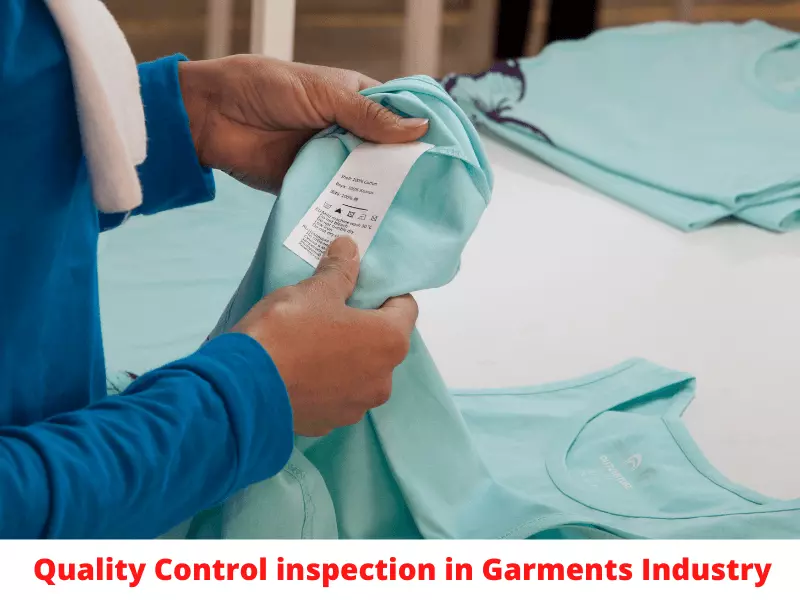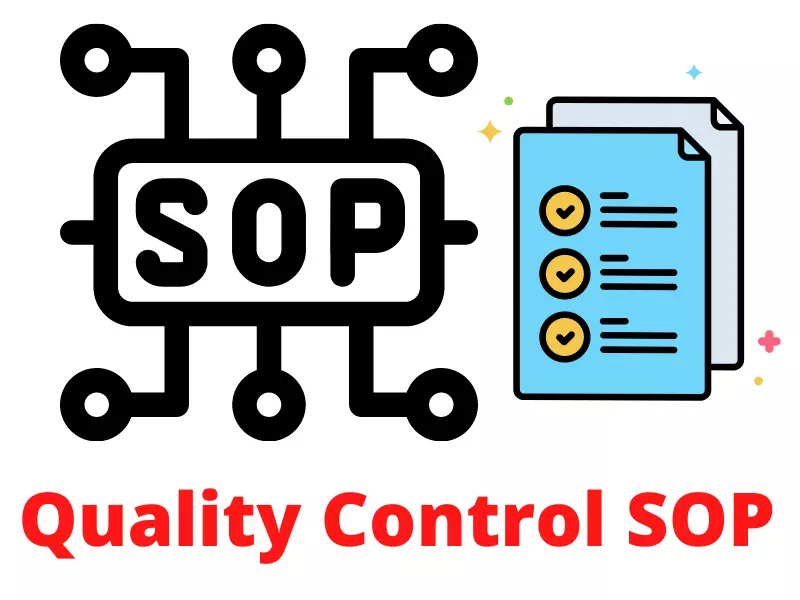Garments Test/ Testing
Garments test is what test is done in garments form though most of the tests are related to dyed and printed finished fabric. Garments testing is very important to check their physical and chemical properties, different strength requirement, and other required things of safety and comfort. The different tests need to do in different stages of garment manufacturing. Some garments test in the pre-production stage, and some are in the mid-production stage as to customer requirements. This content is about types of Garments Tests in the Apparel Industry.
Typically, garment buyer wants to test in a reputed 3rd party lab, so that the manufacturer cannot do any manipulation in the report. The 3rd party issues a test report that is acceptable to both parties (Garments vendor and customer). The garment test report needs to show to Customer QC during the final inspection. Garment product safety can be ensured by the test report.
Different Stages of Garments Test
- Pre-production Testing
- Correlation Testing
- GTW Testing
- Production Random picking testing
- Production CPSIA Testing
- QC picking test
- Supplier picking test
Common Garments Testing of Apparel Industry
- Azo
- Formaldehyde
- Allergenic disperse dyes
- Chlorinated phenol
- Phthalates
- Ph value
- Lead
- Cadmium
- Chromium (vi)
- Nickel release
- Organotin compound
- Organochlorinated compound (coc)
- Fiber composition
- Colorfastness to water
- Colorfastness to rubbing (dry & wet)
- Colorfastness to perspiration
- Colorfastness to saliva (for baby item)
- Flammability
- Sharp point
- Sharp edge
- Small parts
- Tension test/ pull test
- Torque test
- Colorfastness to water
- Colorfastness to rubbing
- Colorfastness to perspiration
- Colorfastness to Light
- Fiber Composition Phthalates

Description of Garments testing types
Formaldehyde Test in Garments– This test is to check whether Formaldehyde contains in garment fabric or not. Because Formaldehyde is harmful to human skin.
Allergenic disperse dyes- Checking their availability in the garments, this can come from the Textile dyeing process.
Phthalates- Phthalates are a group of chemical compounds used in the textile and leather industries mainly due to their plasticizers properties (increase plastic flexibility).
Ph value– It is a parameter used to indicate the acidity or basicity of any given substance. Too high or low pH may cause irritation to the skin. Re-processing could be attempted, by acidic or basic washes, as appropriate, for the correct neutralization of the article.
Lead- To check Lead contamination in clothing and on fabrics using the lead test kit. The easy-to-see yellow color indicates lead contamination at levels as low as 20 micrograms of total lead in the direct and indirect testing methods. Used to determine if the lead is present on fabrics or not.
Fiber composition- Find out the fiber content % from the fabric. For example, 70% cotton and 30% spandex like this.
Colorfastness to water- This test is done to test the color fastness of dyed and printed fabric in water.
Colorfastness to rubbing (dry & wet)- Rubbing Dry, Set Crocking cloth in the machine. Set the specimen in the machine Rub it 10 times in 10 secs. To get color fastness. This test is done to find out whether the fabric is colored due to friction. This test is done in two conditions. For example: wet and dry. The reason for this is that this test is done to know whether the color of the fabric comes out when the fabric is wet and dry. This is respectively called wet dry rubbing test.
Colorfastness to perspiration-Color fastness to perspiration test is to check the resistance of the color of textiles of all kinds and in all forms to perspiration. This test is done to know whether the color of the fabric is correct in sweat. This test is carried out in two mediums i.e. acidic and alkaline medium. Male sweat is tested in an alkaline medium and female sweat is tested in an acidic medium.
Colorfastness to saliva (for a baby item)- This test is for children’s/ kid items. This test is mandatory for kid’s’ garments. This test is mandatory on kid’s garments to know whether children’s saliva discolors the fabric.
Flammability- By definition, any material capable of burning with a flame is considered flammable. All fiber types commonly used in clothing are capable of burning with a flame, so are flammable.
Sharp point– Shall not contain any sharp point or sharp edge in the received sample & after performing the tension test.
Sharp edge– Shall not contain any sharp point and sharp edge in the received sample & after performing tension test.
Small parts– Applicable on a greppable attachment (detached) in a garment. The garment shall not contain any small part. A small part is any object that fits a test cylinder of 1.25 inches wide. It may be a part that breaks off during other testing or use/abuse by children.
Tension test/ pull test– Applicable on greppable attachments in garments like buttons, and rivets.
Torque test– Applicable in Zipper puller, Zipper puller shall withstand clockwise and counterclockwise torque of 4 inch-lbf.


